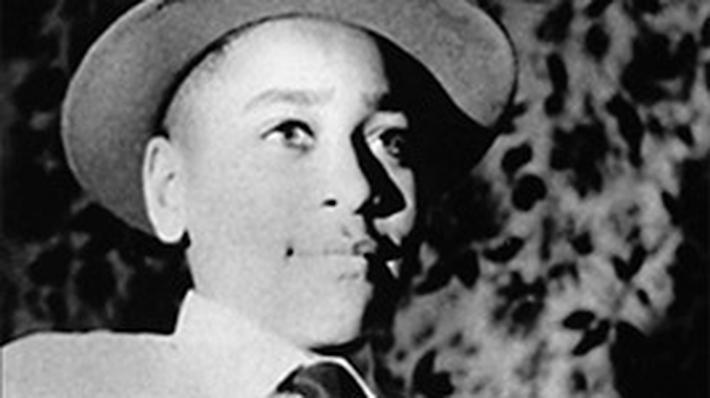The controversy surrounding the painting “Open Casket” by Dana Schultz has been on my mind since it first hit news websites after the painting’s March 17 debut. “Open Casket” depicts the body of Emmett Till, a young, black teenager, lying in an open casket during his funeral, after he was beaten and killed by a group of white men in 1955, after reportedly whistling at a white woman. The heated discussion on the painting was once again brought to my attention this past week when I made a trip to the city with a professor and a few fellow students to hear a talk entitled, “Philosophers in the Days of Black Lives Matter.” The painting came up in conversation as we were walking to the place that the lecture was to be held, as two of the students with us had attempted to go see the highly controversial piece of art at the Whitney Biennial, where it was supposedly on display. They made the trip only to find that it was removed — not because of the controversy, but along with several other art pieces to protect them from a leak in that wing of the museum. Many, including artists Parker Bright and Hannah Black, are leading protests and are arguing that the painting should be removed completely from the exhibit — and even destroyed — because they believe it to be a glaring example of cultural appropriation.
I struggle a lot with arguments of cultural appropriation and the aforementioned situation was no different. However, after reading many pieces written about it, I’ve realized that there are arguments against the painting other than cultural appropriation, such as ones concerning the style that the painting was done in, and the artist’s stylistic history. I’m not saying that it’s not an example of cultural appropriation, but I would like to make the point that in many situations, including this one, not everyone can get on board with the same arguments as the majority. That doesn’t necessarily make you wrong or right — especially not if you are researching, reading and listening to others to try and develop your own perspective. While cultural appropriation, a social justice issue that is important to me, didn’t reach out and grab me when I first saw the painting, another argument did. I have issues with ”Open Casket,” but as of now, they’re not the same issues that everyone else seems to have.
Many of the standard articles circulating the web regarding the controversy, such as ones from the New York Times and NBC News, have all focused on the fact that Schultz is white, regardless of whether they are speaking in her defense or in condemnation. Perhaps I am wrong, but I just cannot get entirely on board with that being the main crux of the argument against the painting. Countless examples of other people who have taken tragedies — many of them directed at people for their race, religion culture or what have you — and have turned them into a means for profit, come to my mind. The Holocaust is a glaring example, as an article from Forward, a Jewish News source, pointed out. Many people who are not Jewish have made a lot of money using the tragedy of the Holocaust as a springboard for their creativity in art, music and writing. However, we don’t typically call these works out, at least not with the same ferocity as the painting of Till.
Some say that the painting of Till is more relevant, and thus more important to focus on right now because of the current U.S. political climate. Should relevance really have anything to do with the things that we pick and choose to condemn? Does the Holocaust have to be relevant to get the recognition and defense that it might deserve by these standards? I hope not. Additionally, an article by The Slate, an online magazine of news, politics, technology and culture, tackled the point that I have struggled with for a while. The article talks about why “Open Casket” is not necessarily problematic because the artist is white. It is problematic because of the style that the painting is in, and what it reflects, in light of the artist’s previous works. Schultz’s artwork is described in the article from The Slate as a “fanciful artistic style” that “tackle[s] gross and gory imagery with enthusiastic brushwork and colorful ambiguity.” Her work tends to be fictional and imaginative — not accurately or movingly depicting political or historical events. The Slate article contrasts “Open Casket” with another piece of art, also done by a white artist, that was inspired by the Till tragedy. The painting, “Standing at the grave of Emmett Till, day of exhumation, June 1st, 2005 (Alsip, IL),” treats the tragedy with the respect and accuracy that it deserves. It wasn’t turned into a “cartoonish” spectacle like it is Schultz’s painting.
There’s no denying that Schultz’s whiteness may be part of the problem with “Open Casket,” but I am wary of considering it the only problem. The recent controversy is important, but for me the biggest take-away is that it’s OK not to agree with the mainstream, politically correct argument if you aren’t convinced. There are dangers with believing blindly no matter what side of an issue you are on. It’s not a bad thing to be on the fence, even when many people that you know are vehemently decisive about their beliefs, as long as you continue to educate yourself and search for answers.


Leave a Reply